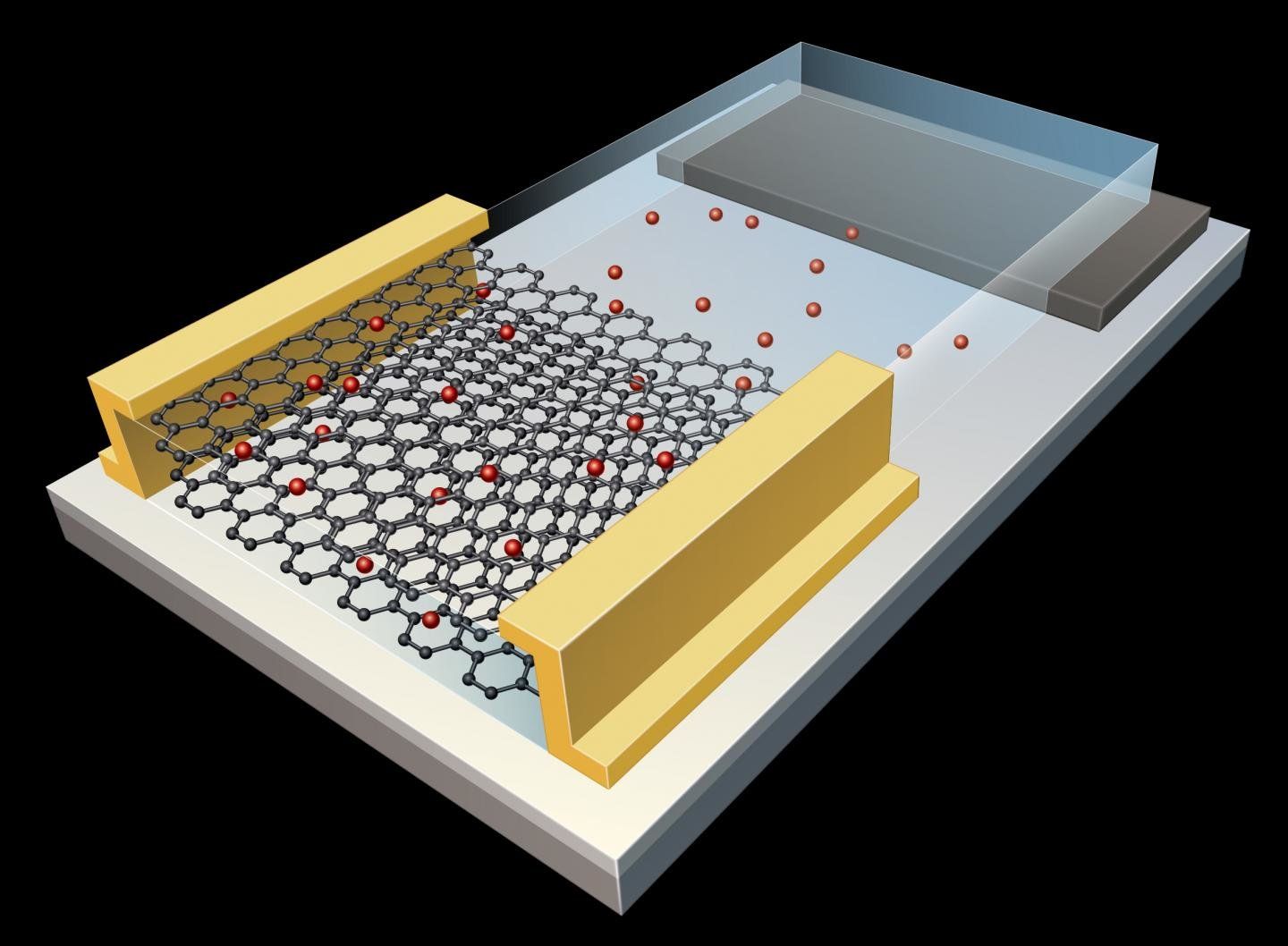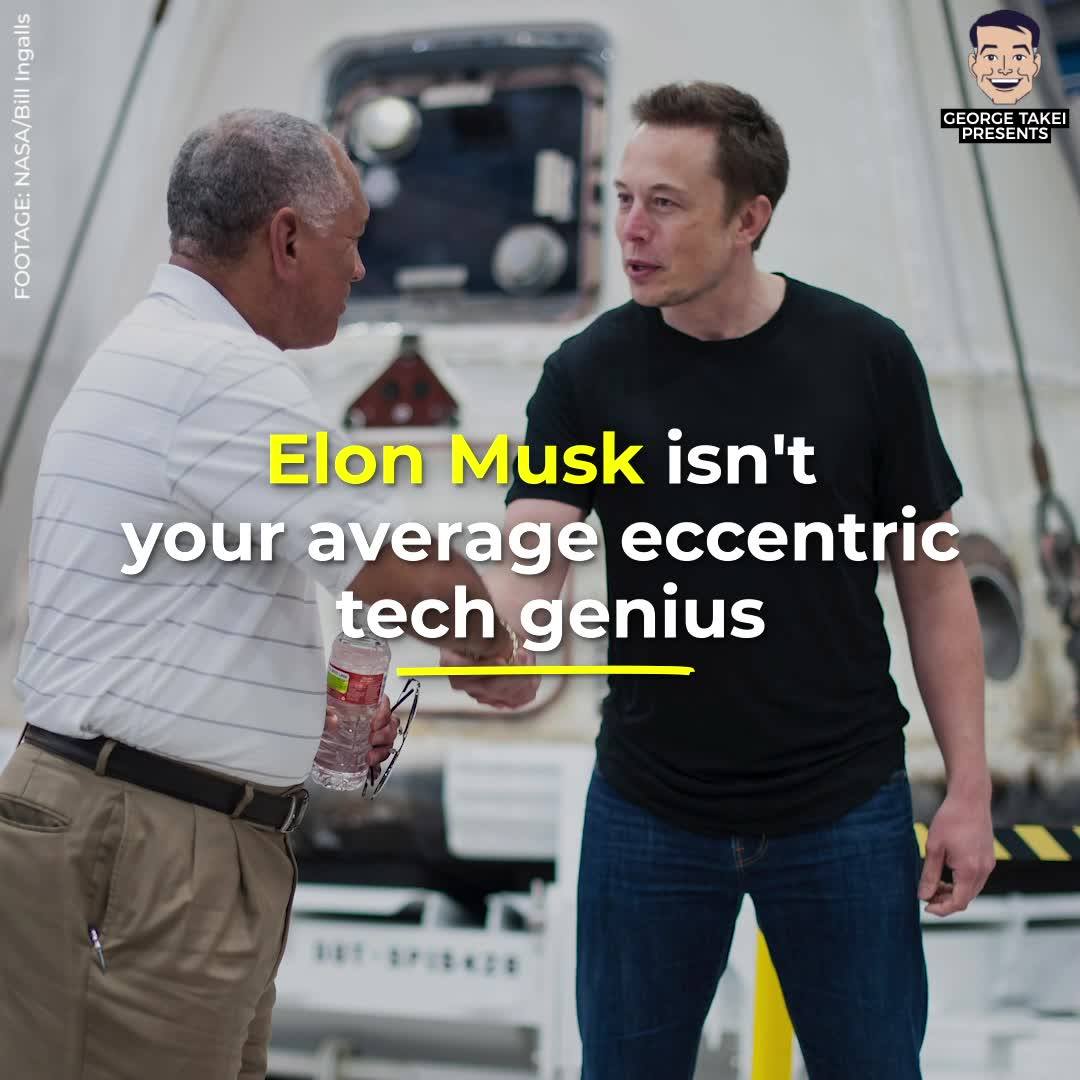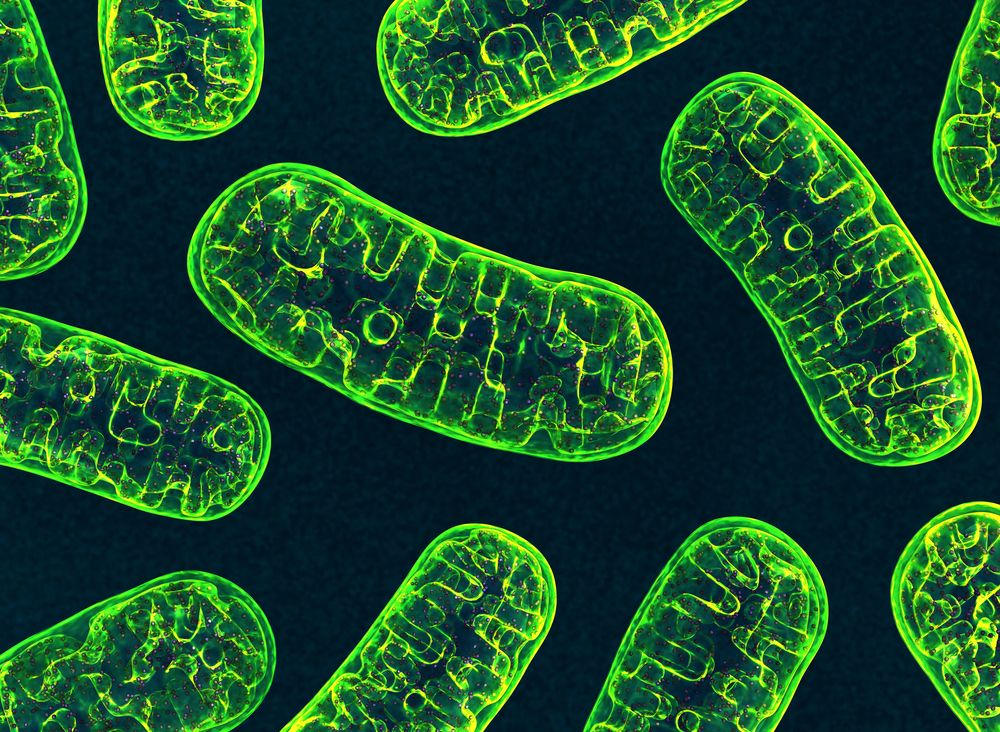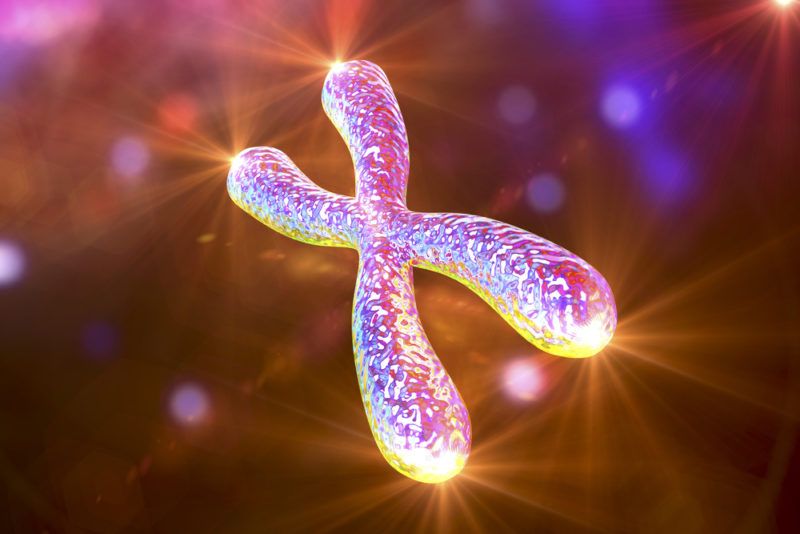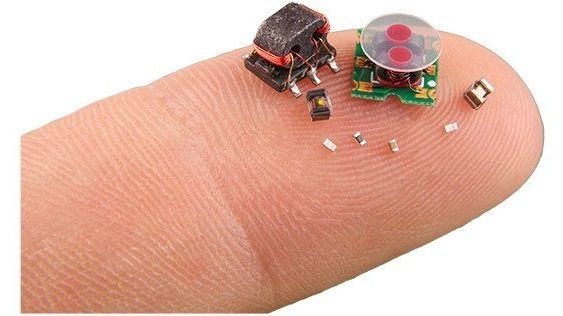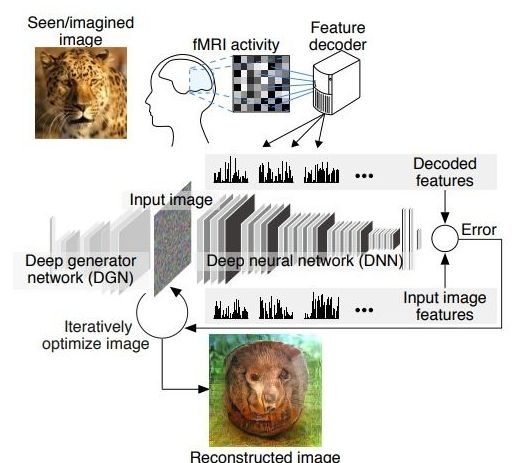Page 9643
Click on photo to start video.
“I think it is possible for ordinary people to choose to be extraordinary.”-Elon Musk.
Jul 23, 2018
Material formed from crab shells and trees could replace flexible plastic packaging
Posted by Bill Kemp in categories: chemistry, engineering, food, sustainability
From liquid laundry detergent packaged in cardboard to compostable plastic cups, consumer products these days are increasingly touting their sustainable and renewable origins.
Now researchers at Georgia Institute of Technology have created a material derived from crab shells and tree fibers that has the potential to replace the flexible plastic packaging used to keep food fresh.
The new material, which is described July 23 in the journal ACS Sustainable Chemistry and Engineering, is made by spraying multiple layers of chitin from crab shells and cellulose from trees to form a flexible film similar to plastic packaging film.
Jul 23, 2018
Intervening on mtDNA in Mice Reverses Skin Wrinkling and Hair Loss
Posted by Nicola Bagalà in categories: biotech/medical, life extension
In a study on murine mtDNA, scientists reversed skin wrinkles and hair loss.
In what appears to be a world first, scientists at the University of Alabama at Birmingham have reversed two of the most common visual signs of aging—skin wrinkles and hair loss—in mice by turning off a gene responsible for mitochondrial dysfunction [1].
Study abstract
Continue reading “Intervening on mtDNA in Mice Reverses Skin Wrinkling and Hair Loss” »
Jul 23, 2018
Discovery Offers New Insights into Telomere Biology and Aging
Posted by Steve Hill in categories: biotech/medical, genetics, life extension
Australian researchers have made a discovery about telomeres that may have implications for aging, heart disease, cancer, and other age-related diseases.
So, what are telomeres?
Each of the chromosomes that store our genetic information has a telomere at each end. This protective cap consists of a specific DNA sequence that is repeated thousands of times and has two purposes: firstly, it protects the coding regions of the chromosomes and prevents them from being damaged, and secondly, it acts as a clock that controls the number of replications a cell can undergo; this is thought to act as a quality control system to ensure that aged and potentially damaged cells do not remain in circulation.
Jul 23, 2018
The 42 Biggest Questions About Life, the Universe, and Everything
Posted by Derick Lee in categories: physics, space
In a recent paper published to arXiv, the physicists Roland Allen and Suzy Lidstrom, of Texas A&M and Uppsala University, respectively, tackled the question about the Question by describing what they believe to be the 42 ultimate questions of life, the universe, and everything.
In a homage to ‘Hitchhiker’s Guide to the Galaxy,’ two physicists explain the biggest unknowns in science. I’ve summed them up as a tweetstorm.
After 28 years in space, the Hubble Space Telescope is sending back some of its most beautiful and revealing images from across the vast universe.
Jul 22, 2018
Fastest-spinning manmade object clocks 60 billion rpm
Posted by Genevieve Klien in category: nanotechnology
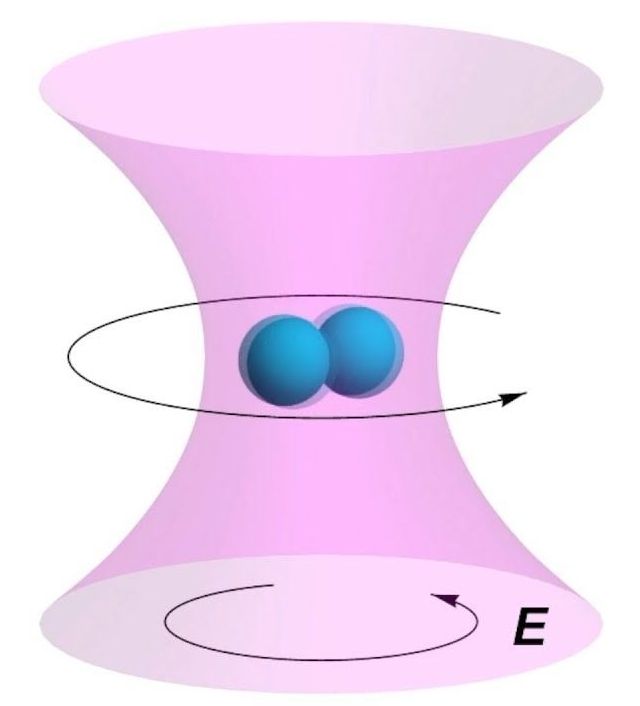
The fastest-spinning manmade object has been created in a lab at Purdue University. This microscopic rotor is made up of two silica nanoparticles stuck together to form a “dumbbell,” and by hitting it with laser light the team has sent it spinning at a blistering 60 billion rpm.
Jul 22, 2018
DARPA has competition plans for insect-scale robots
Posted by Genevieve Klien in category: robotics/AI
Earlier this month, DARPA announced it is launching a new SHort-Range Independent Microrobotic Platforms (SHRIMP) program. SHRIMP will develop and demonstrate micro-to-milli robotic platforms for scenarios brought on by natural and critical disasters.
As IEEE Spectrum put it, it’s a program to develop “insect-scale robots” for disaster recovery and high-risk environments. The topic is simple enough to understand and it also is obvious that the means of accomplishing these platforms is tough.
DARPA, said its announcement, will be facing the challenge of “creating extremely SWaP-constrained microrobotics.” SWaP refers to size, weight and power.
Continue reading “DARPA has competition plans for insect-scale robots” »
Jul 22, 2018
This AI can see what you’re thinking — and draw a picture of it
Posted by Marco Monfils in category: robotics/AI
Mind reading technology is here.
Scientists have developed a program that can read your brainwaves and produce an image based on what you’re thinking about.
